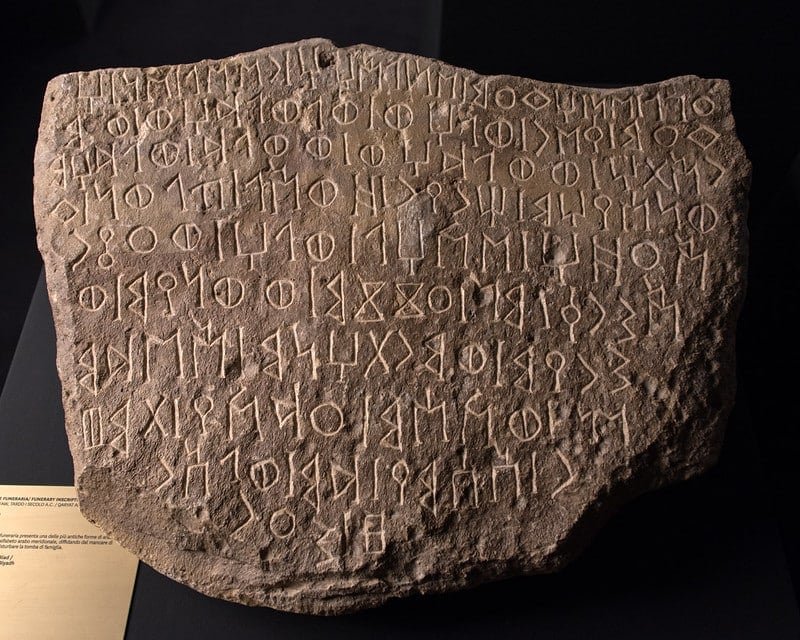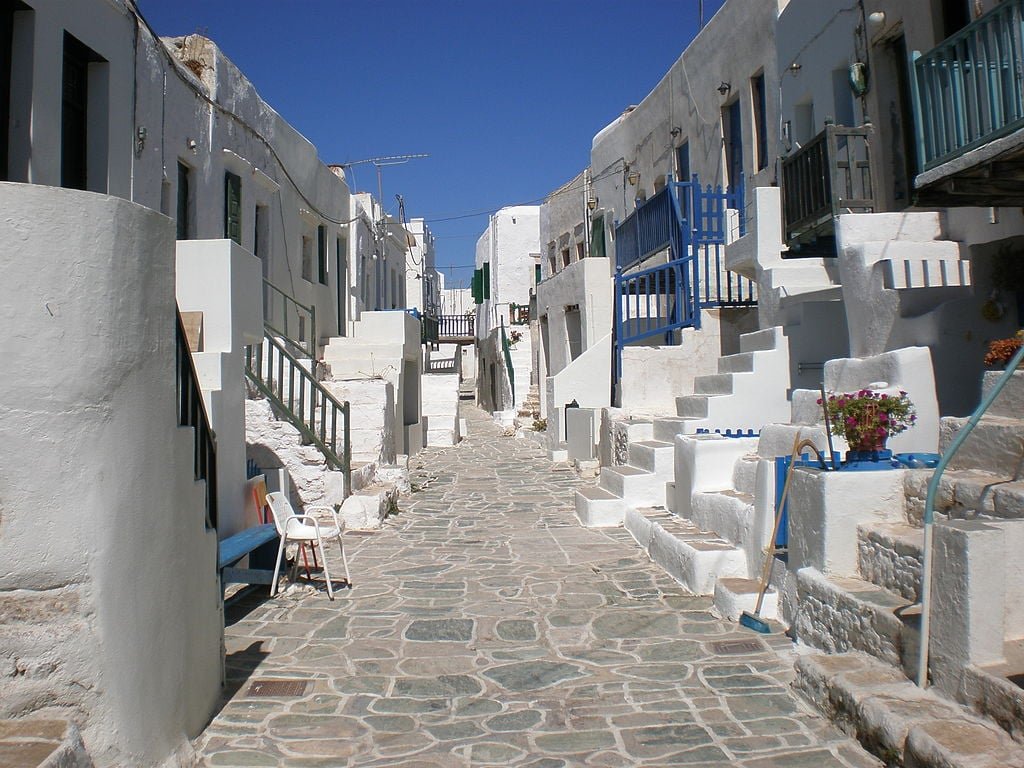
A recent study suggests that the Arabian god Kahl, worshipped in the ancient city of Qaryat al-Fāw, Saudi Arabia may share symbolic and visual ties with the Greek hero and demigod Hercules.
Researchers say this link points to broader cultural exchanges between Arabia and the Mediterranean world more than 2,000 years ago.
Juan de Lara of the Khalili Research Centre at the University of Oxford led the study. The findings were published in Arabian Archaeology and Epigraphy. The study focuses on archaeological material from the first century BCE to the first century CE, uncovering how local communities imagined Kahl.
Warrior god of Qaryat al-Fāw
Kahl was worshipped as the main deity of Qaryat al-Fāw, a key settlement in ancient southern Arabia. The city’s original name, Qaryatum dhāt Kāhilim, means “the City of the god Kahl.” According to the study, this name reflects his role as a protector of the city.
Artifacts, including coins, bronze statues, and rock carvings, consistently depict Kahl as a warrior. These images often show a human-like figure standing upright, raising a weapon in one hand while holding an object in the other.
One coin bears the inscription bʿl khl, or “Baʿl Kahl,” which researchers believe may be one of the earliest visual representations of the deity.
Parallels with Greek Hercules
Kahl’s strong, weapon-wielding image shares striking similarities with Hercules – known in Greek mythology as Herakles (Greek: Ηρακλής). Like Hercules, Kahl is shown carrying a club and wearing a belt, symbols long associated with strength and heroism in Greek art.

“Smiting deities are found across the Aegean, Anatolia, the Near East, Mesopotamia, and Egypt—it should then not be surprising to find such an iconography in Arabia,” De Lara explained.
In many Mediterranean regions, local deities were blended with Greek gods in a process known as religious syncretism. For example, the Phoenician god Melqart was often equated with Hercules. Kahl may have undergone a similar cultural adaptation, through direct contact or shared artistic influence.
Rock art and linguistic clues
Researchers discovered a bronze figurine matching the coin imagery near a temple in Qaryat al-Fāw. Rock carvings nearby show a towering warrior figure overlooking the land, with the name khl etched into the stone.
The study also points to ancient South Arabian inscriptions, where khl means “ruler” or “powerful.” This adds further weight to the idea that Kahl was seen as a guardian deity tied to strength and leadership.
A blend of cultures
Kahl was a distinctly Arabian god, but the similarities with Hercules suggest broader regional traditions may have shaped his image. As trade and ideas moved across ancient borders, so did symbols of power and protection.
The findings reveal a god rooted in Arabian belief, yet partly shaped by the heroic ideals shared with the ancient Greek world.


